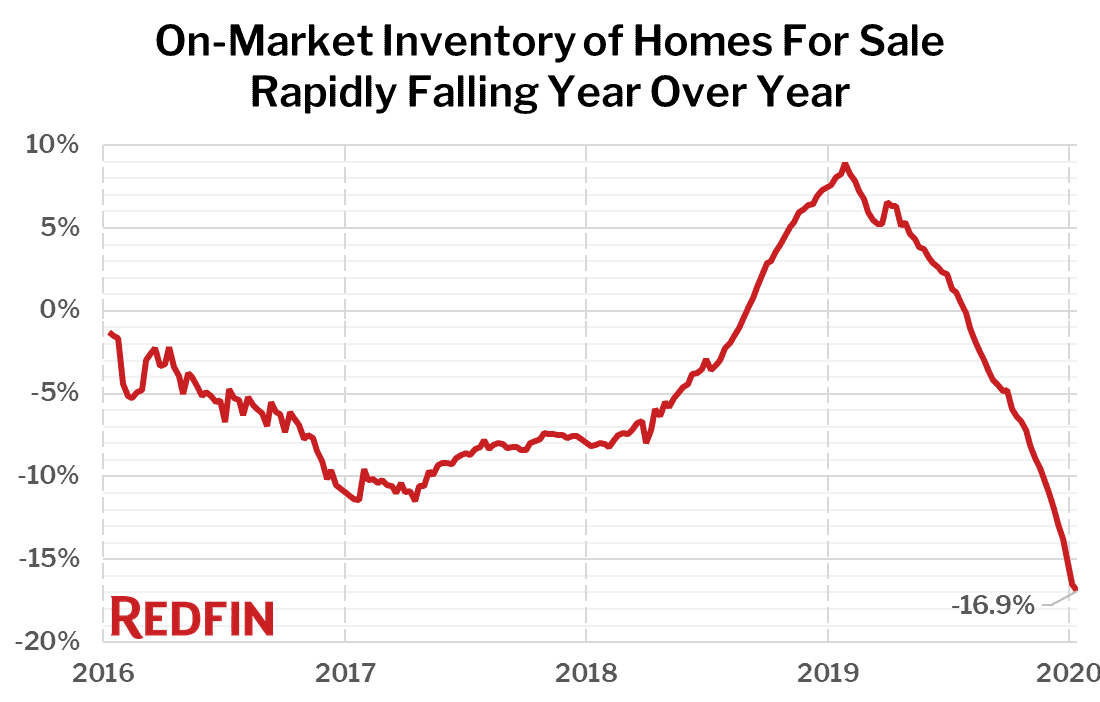Thumb hurting, forehead sweating, screams from dropping on the leaderboard, and screams of finally placing first in Mario Kart 8 Deluxe. Playing is a roller coaster of emotions, but in the end, this is a fun game for all. With being able to race up to 4 people, picking between 96 courses (the most extensive selection in Mario Kart history), and enjoying knocking opponents out with powerups. Below are some reasons to start playing Mario Kart 8 Deluxe today!

Reason number one is it is played on the Nintendo Switch. Because of this, you can also play many different games. This allows a lot of gameplay on one device. I suggest not getting the lite Nintendo Switch console because you cannot connect this model to a TV. The Nintendo Switch gives you a lot of range of play, whether this be on a TV or on the console itself. The controllers are easy to understand, and Nintendo has developed many games on the Wii console for the Nintendo Switch. Overall, this gaming console is easy to understand and has a lot of things to keep you busy while playing it.
Reason number two is that you can buy a booster expansion pack on the game Mario Kart 8 Deluxe. This booster pack gives you 48 new courses, either new or old, and new characters to race with. This booster expansion pack came on in 6 waves over almost two years. These new courses bring back a lot of nostalgia and allow gamers of any age to enjoy. This booster expansion pack is available for downloadable content and can be done after you purchase Mario Kart 8 Deluxe. You can buy this at any time after purchasing the original game. This expansion pack is an excellent extension to the game and allows you to stay energized.
Reason number three is that you can race in battle mode as well. If you get tired of racing around the courses, you can go into battle mode and battle to see if you can collect the most balloons or coins. In this mode, you can drive around courses however you please. By doing this, you can gain experience with drifting, racing, and using power-ups in different settings against opponents. These can help you gain experience and use that experience when racing. You can also Battle against people on the web if you feel free to battle out to people you know. From experience, though, I will say that the people on the web race very crazy.
Reason number four is that it is MARIO KART. Mario is in the name. Everyone loves Mario and the game he is in. This game is within his other games, as well. With Mario Kart 8 Deluxe, you can also race with any of your favorites from his previous games. Mario has a history going back to 1985. Due to this history, Nintendo has perfected the Mario craft, which speaks in this game. This game does not tell a story, but you can know that it has authentic Nintendo graphics and gameplay. Nintendo has been a leader in at-home gameplay, and because of this, this game is so popular.
Reason number five is how you can play Mario Kart 8 Deluxe. With this game being on the Switch platform, you can play it in various ways. A couple of these are on the TV, on any table in the universe, in handheld mode, wireless play with up to 8 consoles, and using the wheel attachments when your joy cons are not attached to the Switch console. With all of these ways to play, you will always have Mario Kart 8 Deluxe.




